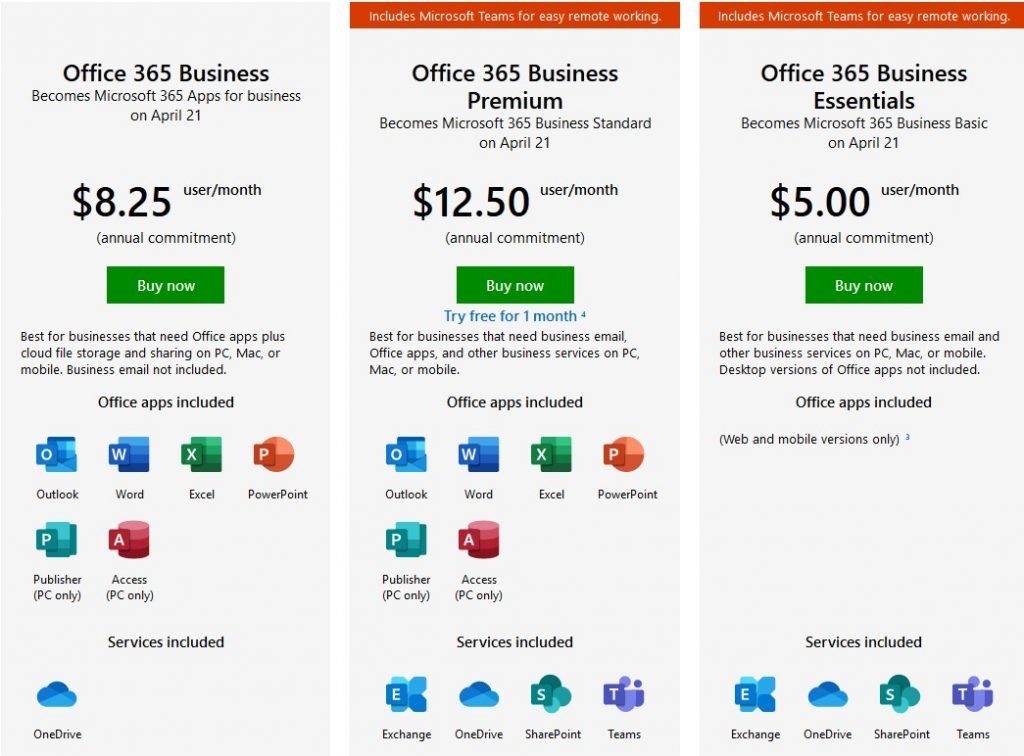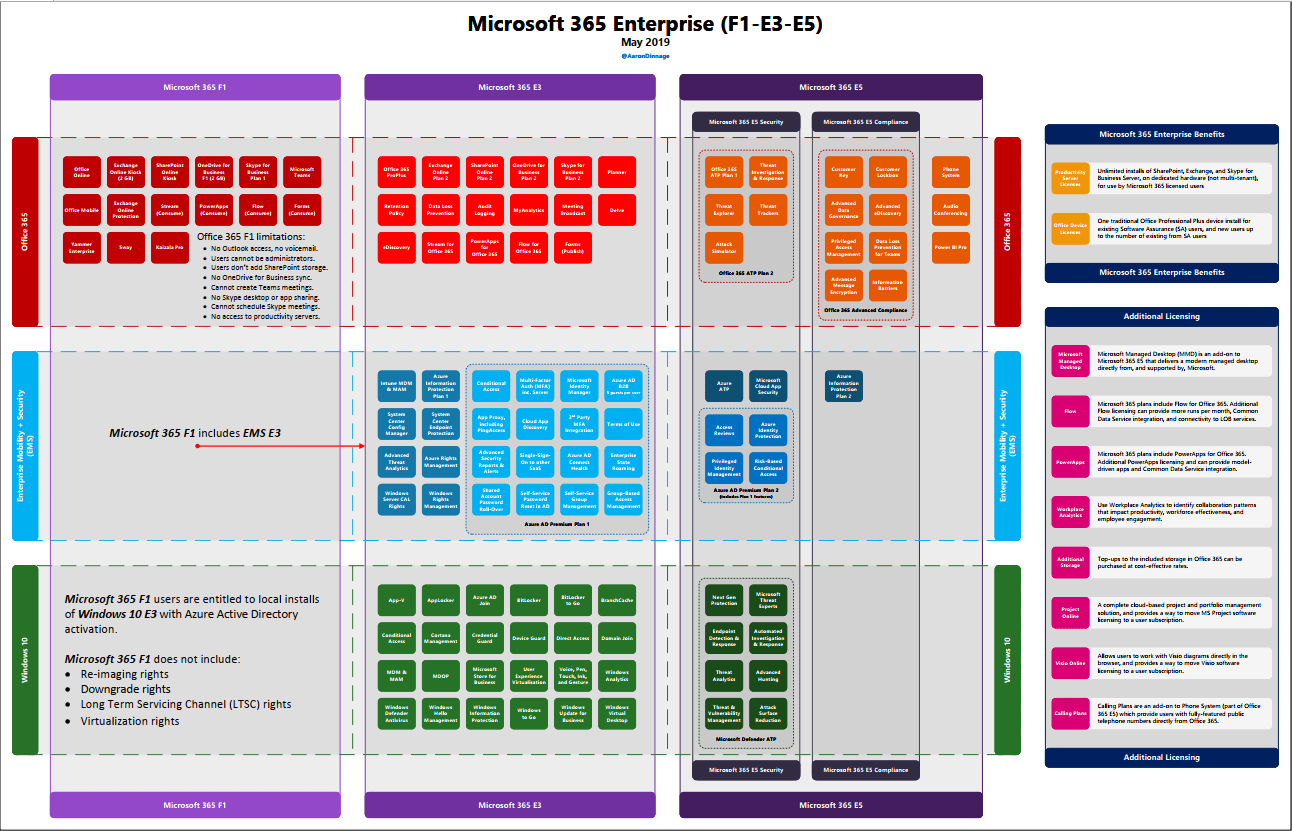

The only difference between the equivalent plans is the price you pay. For information about different plans, including standalone options and information on moving from one plan to another, see Microsoft 365 and Office 365 plan options.įor detailed plan information on subscriptions that enable users for Microsoft 365 and Office 365 platform, see the full subscription comparison table.įor a detailed list of available service descriptions, see Microsoft 365 and Office 365 service descriptions.įor information on Office 365 Education plans, start with the Office 365 Education plans page.įor information on Office 365 US Government plans, start with the Office 365 US Government page.įor information on Office 365 operated by 21Vianet, start with the Office 365 operated by 21Vianet page.įor organizations that qualify for Microsoft 365 and Office 365 plans for nonprofits, these plans include the same features as the corresponding business plans (for example, Office 365 E5 for nonprofits includes the same features as Office 365 E5). Microsoft 365 and Office 365 are available in a variety of plans to best meet the needs of your organization. The Microsoft 365 and Office 365 plans combine the familiar Microsoft Office desktop suite with cloud-based versions of Microsoft's next-generation communications and collaboration services (including Office for the web, Microsoft Exchange Online, Microsoft Teams, and Microsoft SharePoint Online) to help users be productive from virtually anywhere through the Internet. Microsoft 365 and Office 365 deliver the power of cloud productivity to businesses of all sizes, helping save time, money, and free up valued resources.

If you're looking for the differences between the plans, including Exchange Online plans, this article will show you which features are included in each of them.


 0 kommentar(er)
0 kommentar(er)
